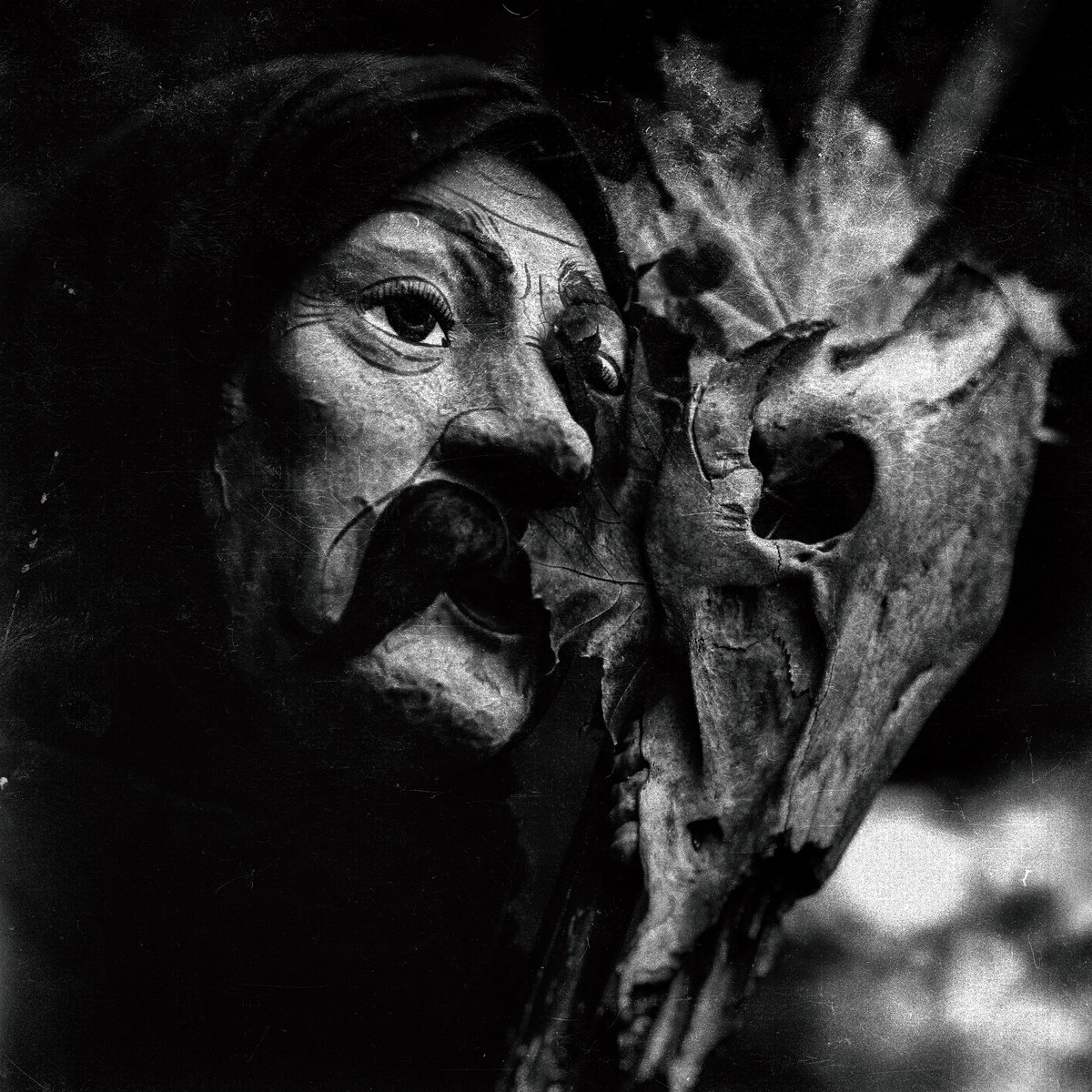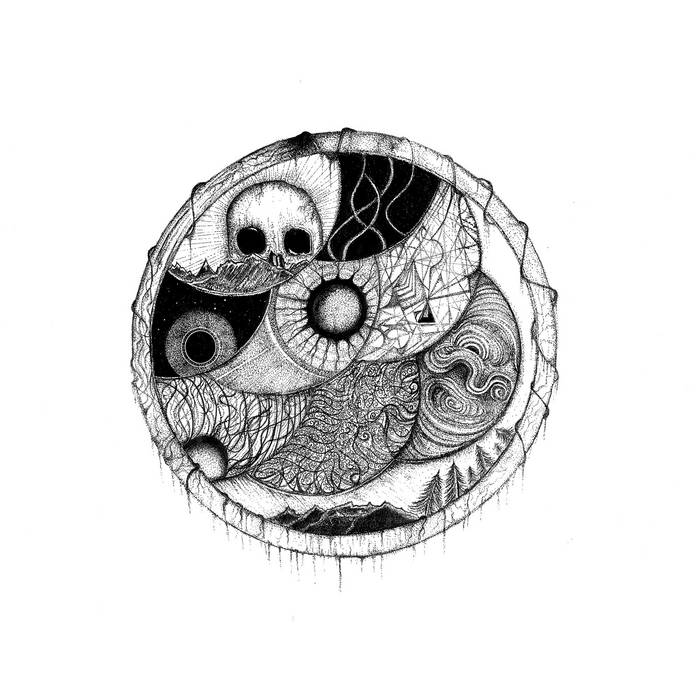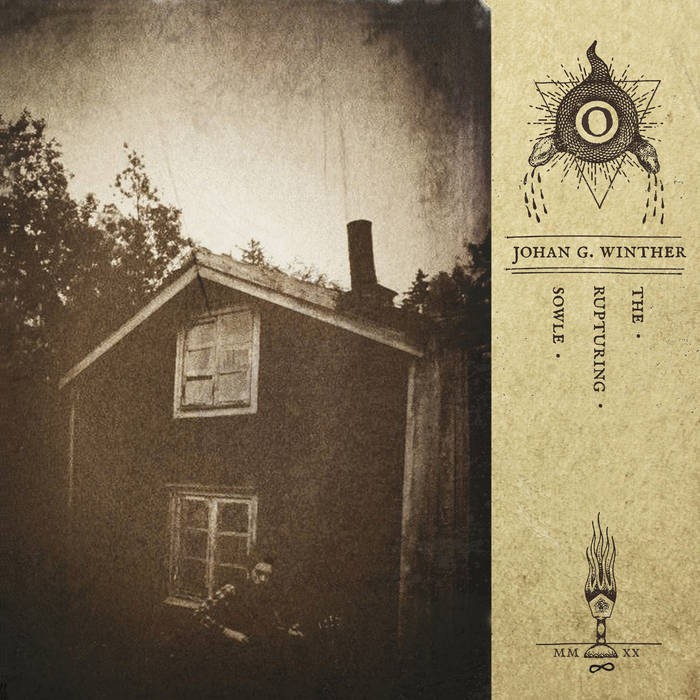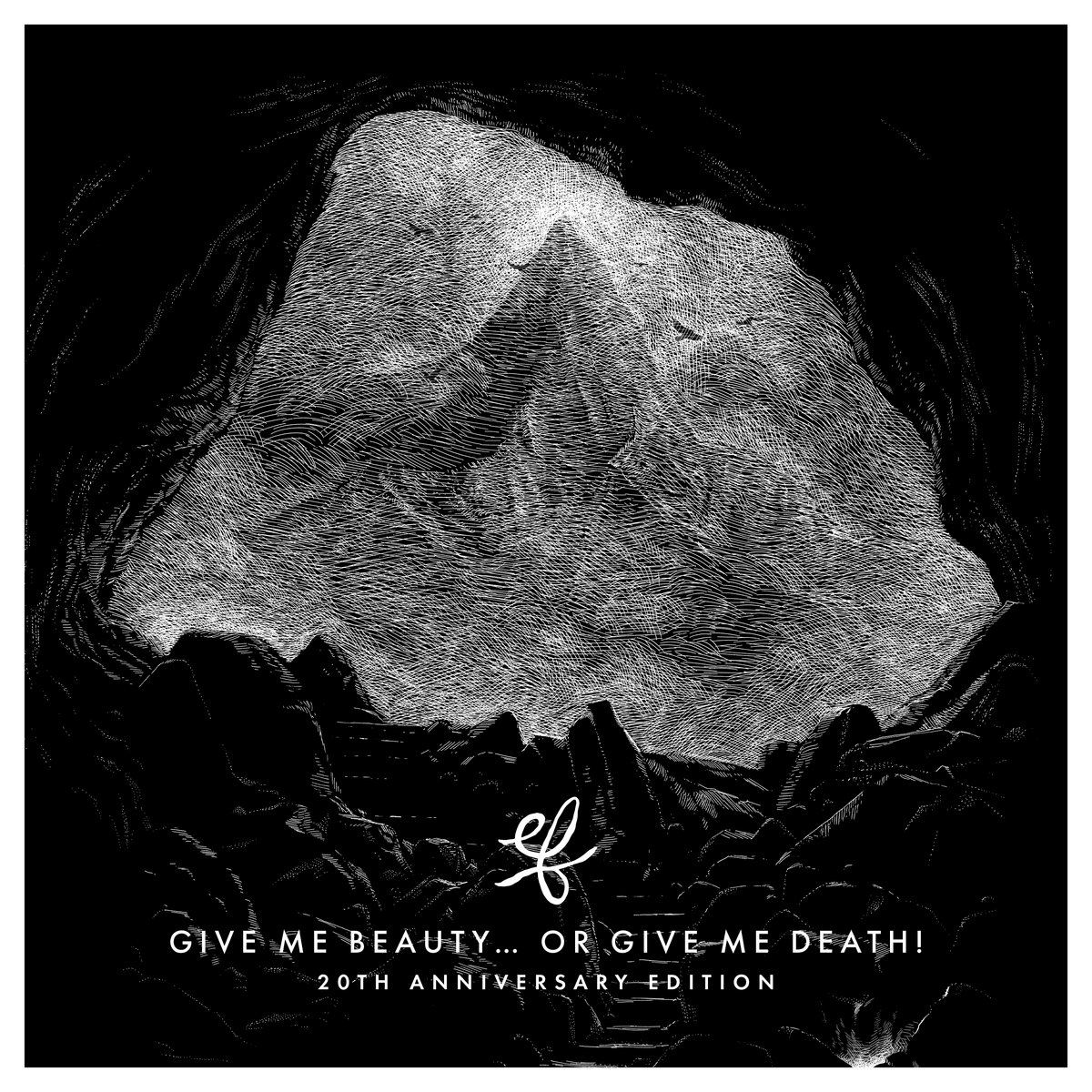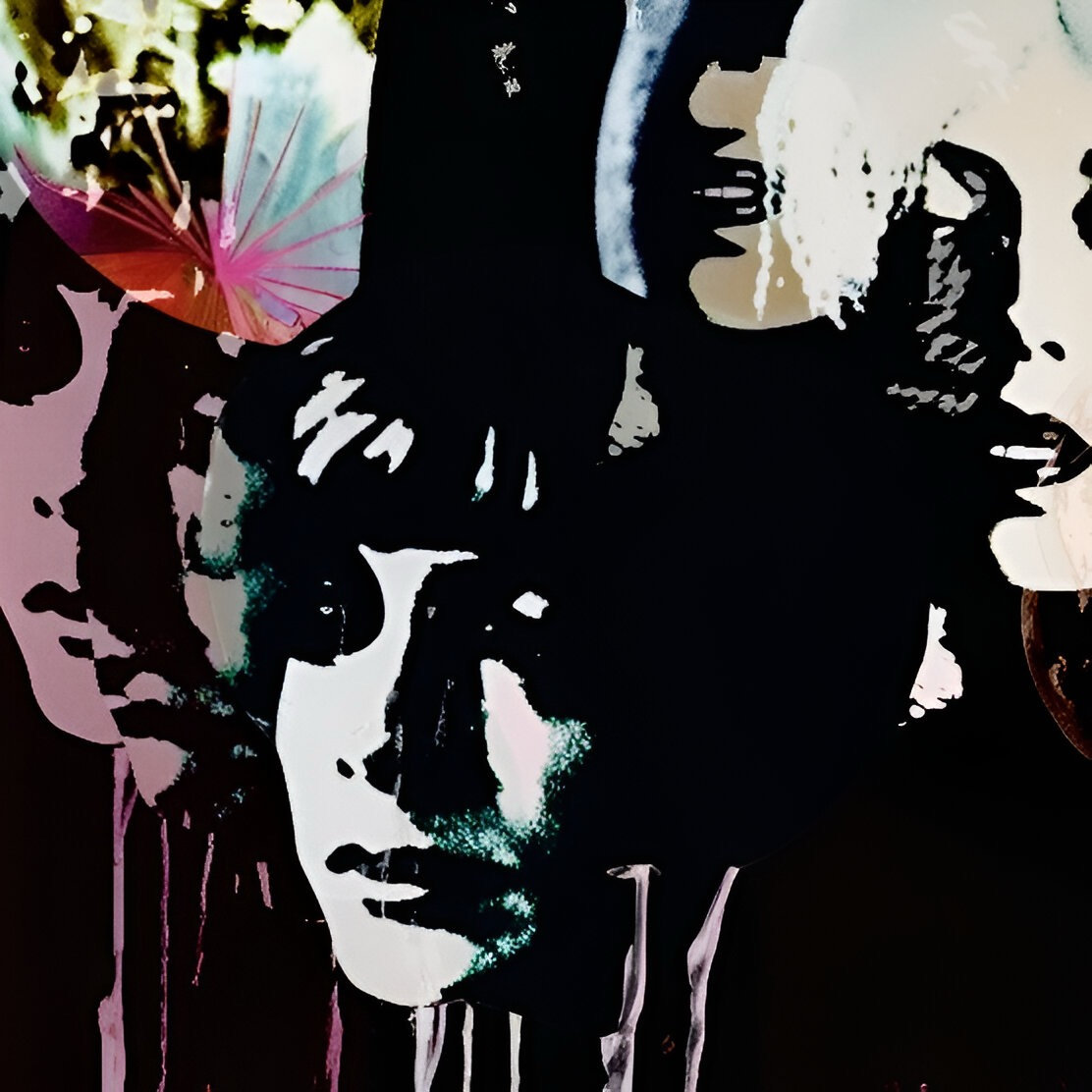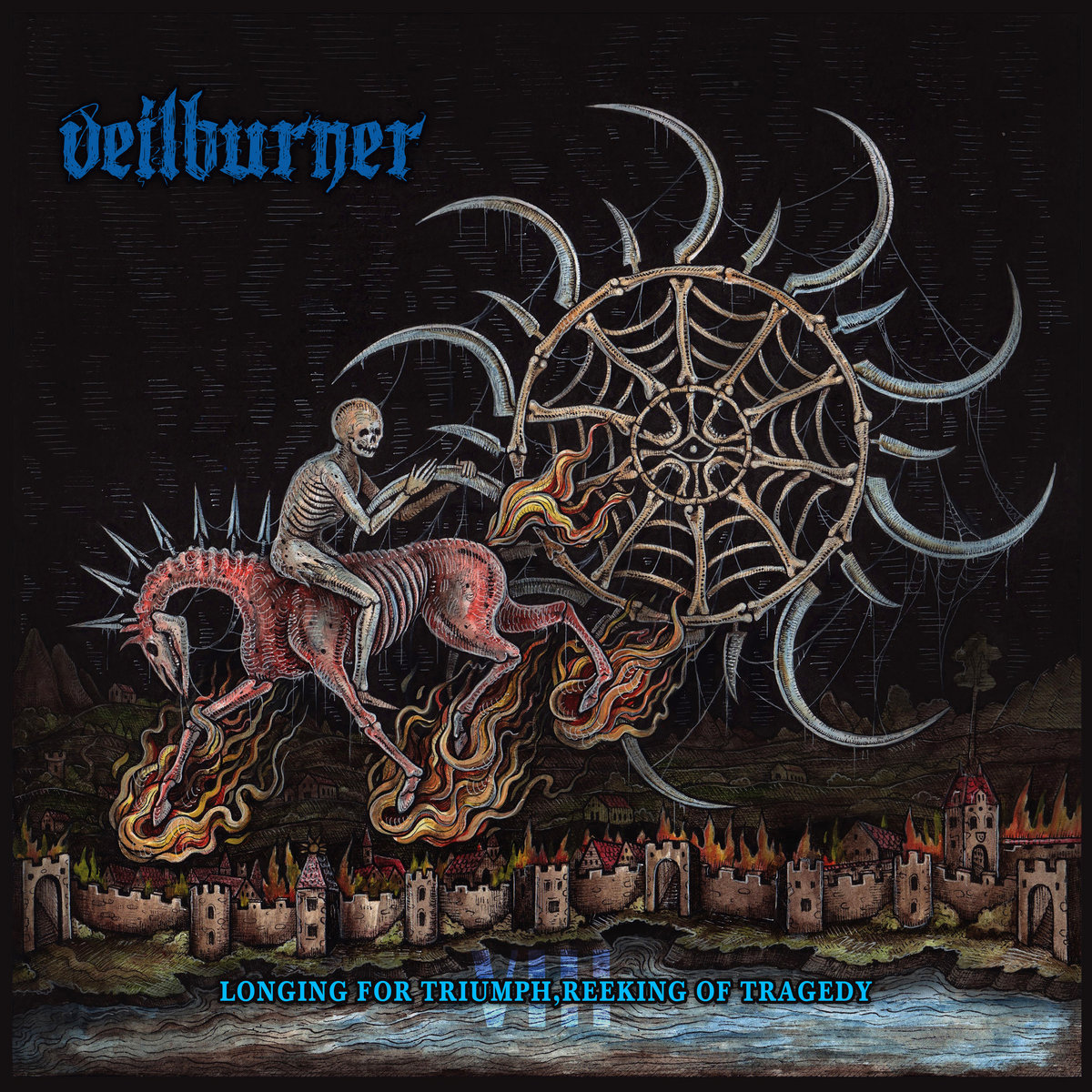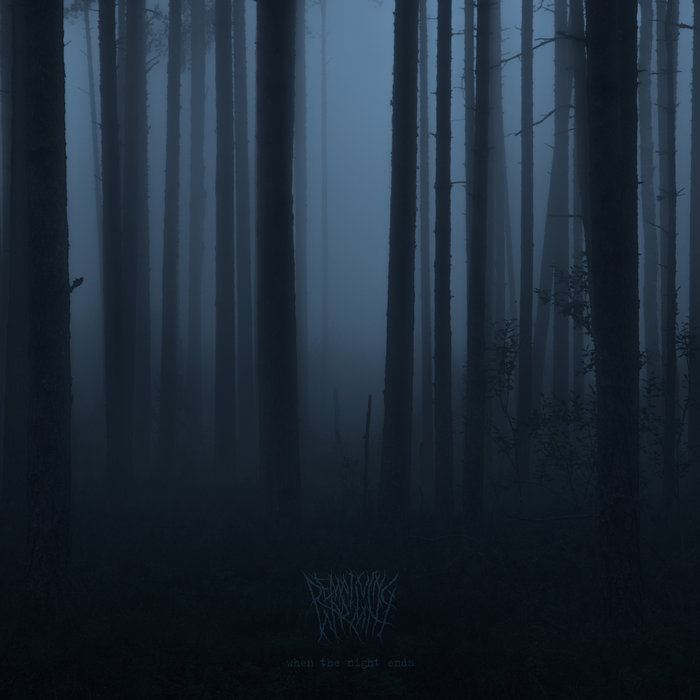It took Martin and me some time to get this done, but I think it turned out wonderfully and providing a lot of insight into a really thoughtful yet spontaneous and inspiring person.
At the beginning a few quick and easy questions which you can answer quickly.
Thuringian or Nuremberg sausages? Definitely both.
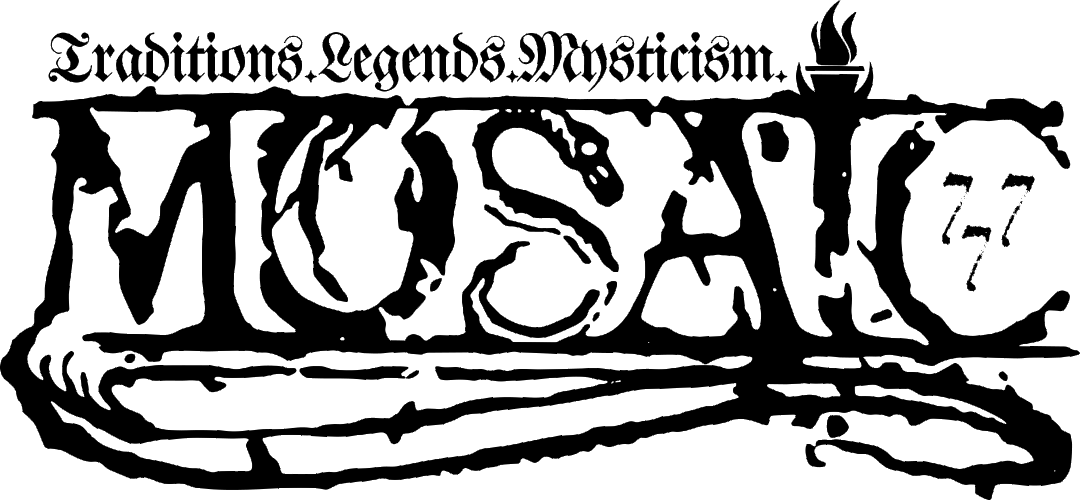
Eisenach or Weimar? Eisenach
Poetry or novels? Poetry.
The 12th or the 17th century? The 17th century.
Fact or fiction? The combination of both creates art.
Nyckelharpa or guitar? I like both instruments, but as I do not know how to play the Nyckelharpa, I have to decide on the guitar.
Nordic - Folk or Black Metal? At the moment rather Folk.
After this introduction, let’s get to it. The last choice serves as a kind of link to the following part. A lot of people would categorize you as Black Metal – do you see real connections between Mosaic and Black Metal? It is indeed hard to define how much I would like to categorize myself [and my work]. In another interview I once said, that I still write Black-Metal-riffs but don’t end of with Black-Metal-songs – I think it is still that way. Even if you will hear a lot more metallic sounds from Mosaic in the near future.
What do you personally think of a genre like Viking Metal in the vein of Amon Amarth? Or Medieval-style metal like In Extremo? These two bands offer a first introduction to more extreme sounds, at least they did in my youth. They open the gates for you to the further reaching genres of extreme metal. I listened to both bands back in the day (up until Versus The World (Amon Amarth) as well as Mein rasend Herz (In Extremo)) although my gateway-bands were more or less other ones.
To what extent do you see categories as useful when talking about music? For a basic orientation I think they can be quite helpful, even if each band or music should be regarded on its own – at least that should be the goal of every band to create and strengthen its own style – but with Mosaic I think it’s not the case because I always do what I want and the connection are probably the vocals for they are kind of unique and easily recognizable.
But is there a band from those genres that you are interested in? There are the big names, of course, like Bathory, Enslaved or Falkenbach if we’re talking about “Viking-Metal”. With Middle-Ages-Metal it is not as much as before, but there were Subway to Sally up until the times of Nord Nord Ost with things that I like to listen to. And of course the acoustic things by Wolfenmond, Faun or Saltatio Mortis.
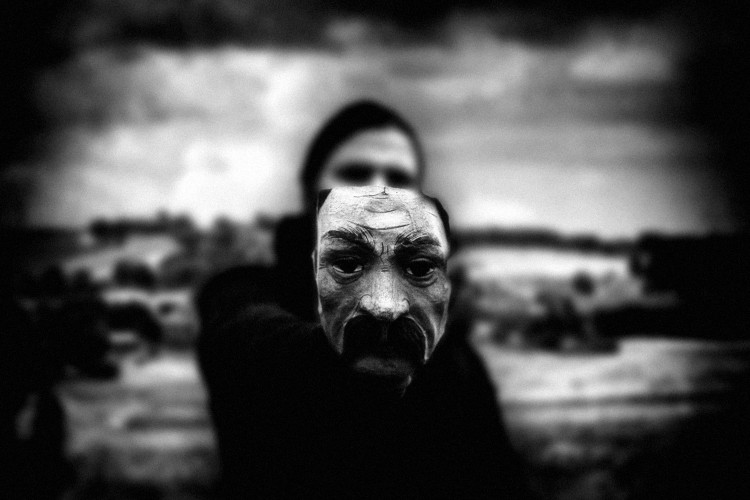
How do you listen to music (at home)? In many different ways. Following a tendency I like to use all kinds of media, so CD, Cassette, Vinyl or also Streaming. But mostly I listen to that stuff over my headphones.
Your projects tend to be very, very different from each other – from scoring theater plays to classic Folk-Metal? Among others, yes. Often depending on what is influencing me at that moment. Or what draws my interest. Or what might fit best to the lyrics one could say.
You like to talk about and through poetry, one of your last records was an interpretation of the works of Ulrike Serowy. What is so fascinating about her texts to you? What does she say about it herself? Her work is like the re-incarnation of expressionist poets like Georg Trakl, Georg Heym, Paul Celan or Rose Ausländer. Ulrike’s writing is very reduced and distanced. However, one never feels left alone or lost in her texts and most of all there are so many “worlds” hidden between her lines, which want to be discovered, and that draws me to her poems very much.
Ahead of the launch of the record, you gave us a rendering of a poem by Georg Trakl on All Souls’ day – what makes him so unique to you? That is my own interpretation of a classic rendering of that poem by Sturmpercht [Austrian neo-folk band], which you can find on their record Geister im Waldgebirg. I had wanted to cover it for some time by then and I like connecting songs with fixed dates or festivities. It is already, my fifth direct recording of a Trakl-poem. Most of these can be found on the early Mosaic-records Harvest and Old Man’s Wyntar Georg Trakl knew how to masterfully create a morbid version of romance and melancholy and, even more important, to charge his own texts with colours and their specters of meaning. Those are also very central elements that I like to weave into my own texts and lyrics. Thus you can say that Trakl was very important for Mosaic and one of its main influences.
Your music depends largely on your voice and your recital – I have read the terms “bard” and also minnesinger in connection with that. Nonetheless, I think that doesn’t really fit – what do you think about that? The bards and minnesingers cannot be reduced one-dimensionally to seduction. Their tasks was very over to sing about certain events. Of course, fact and fiction intertwined quite often, and bits were cut or added depending on the intention of the writer. But the lowest common denominator was to convey something – however that was done or achieved in the end. Because of that I can see the comparability to Mosaic and would also go along with it. Of course, it is a little strange, and there is no real living tradition of the bards anymore. My intention is to lift information from the old world into the new one, but not to simply re-tell them, but to deepen them with my thoughts and ideas and, mostly, to share the “old” topics with the newer generations to raise an awareness for them and to inspire our youth to really partake in these discussions.
Martin van Valkenstijn is a fictive character, a piece of art, connected with the project Mosaic. To what extent is the same person behind “the mask”? Compared to my old pseudonyms, the one now is pretty close to my right name. Therefore one can say that the music by Mosaic is very personal, it became very intimate. Therefore, the fictive character is basically identical to my real person, with the exception that I can be more extrovert here.
What kind of life does the person behind Martin van Valkenstijn have? Very restless. There is always something to do. We live in a suburb of Gotha, already outside of the city in a more rural area, with a garden. We like to walk into nature and to be creative, even if it’s not about music. And we have a little daughter.
When going through the contributions or guest appearances on Secret Ambrosian Fire one can easily see how well-connected to are. Is Eisenwald in any way making it easier for you, to get such contributions? I wouldn’t say it like that, all too directly. A lot of contributions basically happened during the process and I only really noticed, how many people had been a part of it, when I wrote down all the credits and was surprised myself.But it was always the plan, that this should be the first complete album by Mosaic and that’s what it is.
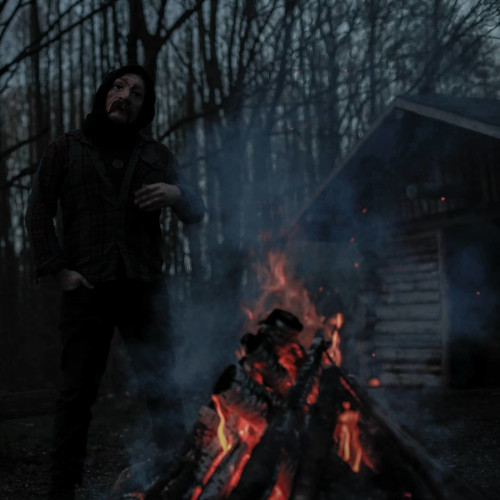
Eisenwald – how closely are you involved with the label? I work full-time for Eisenwald and I am in charge of the creation and production of all graphic elements, for print and for social media. Furthermore, I also take care of some bands and I am involved with the project-development and with the shop. Wherever I am needed at that moment.
Sometimes you might get the impression, that you are in a somewhat unique and singular “category of your own” on the label-roster even though there are some significantly different artists on it. Do you think, you fit to the other artists? Do you see some kind of musical connection and kinsmanship? That is difficult to say. Because of the diversity of the Mosaic material that might be true. However, I think, the spirit and the intention connects me to the other artists. We also have artists like L’Acéphale or Agalloch, which are certainly known beyond the boundaries of the genre. Or also Osi And The Jupiter and By The Spirits. Surely they are by and large much straighter than Mosaic, but it was never my intention to be straightforward or to serve one ruler only.
Do you see yourself as a musical “control freak”? Formerly I would have, but since Secret Ambrosian Fire is finished, I am working on new music very efficiently and I also don’t like working on a single song longer than necessary.
When looking at the list of releases by Mosaic, the first thing you notice is the highly productive and yet also high-quality output. How did that happen? Unfortunately I am always working on lots of material parallel – at the moment it is material to fill some abums with. As I like to give people new material I often split it up into several smallest recordings that are logical in themselves. But for all these recordings I always hold a connecting red line with me that finally can be combined to form one plan or grand scheme.
You like to talk about Thuringian folklore and legends – how you do find those? To what extent are they still part of the Mosaic songs? That are the main ideas for all Mosaic releases. I have a fairly large library for these topics, also with small, old regional publications that are long out of print which form my biggest inspiration because they are honest and direct and describe things long-forgotten. That way, songs about the Hoerselberge [a smaller mountain ridge close to Eisenach in Thuringia] came to life, or also about the “Hullefraansnacht” and a lot more are already in the pipes.
Are there topics that will never happen as Mosaic? Musically? Thematically? Probably HipHop, Reggae and all of its derivatives. Apart from that I am very open. Thematically I am also very open-minded, but I will never incorporate any political meaning into my songs. There are other methods and ways to do that, but definitely never with me or with Mosaic. Privately I also hold no agenda, I like it objectively and I reflect different points of view and ideas. Nevertheless, I am not in a position to support any position or opinion, because there will never be an omniscient point of view.
(Below the video for the new single “Haus Der Stille” you will find even more answers by Martin)
Recently you released the new single and video “Haus der Stille”. How did the change in sound come about? Because the new track is much more driven by and focused on the bass than the previous releases. The song was born by a cerain image of itself – like every other one. It was not intended to make it sound the way it does now. There was a basic structure for the lyrics and from that seed grew the song and the video. Apart from the abandoned places and ruins of my southern Thuringian home, the Corona-lockdown was the major influence for the song. The main instrument is indeed the bass, with which I laid the foundations for the song. For a long while I had been toying with the idea to begin the work on a song with a bass-line and this one sounded good and “right” to me.
When listening to the song, one soon arrives at the question whether is was more inspired by EA80 or by Bauhaus? More by [fellow Germans] Turbostaat or by Joy Division? Well, not so much Bauhaus rather Einstürzende Neubauten. But you can surely say that the other three bands you named have had a certain influence on the final piece.
Is it correct to assume, that the upcoming album will also pursue that Post-Punk-direction? I can directly deny that. “Haus der Stille” is more like a standout-single tovision me which will see a physical release later this year in various physical format and editions. But on that EP will be songs that go along with this one – thematically as well as musically. But right now I am also in the final stages of the next full-length. That record was completely played and recorded by me this time, only Danijel Zambo (Walden & Skognatt) helped me with putting my ideas to tape. In May it will also be mastered and finished by Markus Stock at Studio E. “Hullefraansnacht” and “Unterhulz Zoubar” are songs on the album that have already been released before, but will now be featured in a slightly different version. The rest of the album will musically form a clear line with these two songs. Or to be put it short: Black Metal Folklore.
If I asked you to explain your music through three songs of yours – which ones would you choose and why? “Silver Nights”. Our longest song up to date, he offers everything that Mosaic is about musically and lyrically – Black Metal and Folk – as well as traditions, legends and mysticism. “Hullefraansnacht”. As a representation of the oldest form of Folk. “Ambrosia” (no matter which version). As a statement that the world is very close to collapse. Furthermore my next suggestions would be: “Der letzte Atem”, “Es geht kein Hauch”, “The Devils Place”, “Am Teufelsacker”, “Schwarze Erde”, “As the fields Call from the Graves”. For people who like the more metal side of Mosaic there is also a playlist on Spotify which only contains those songs.
I think it becomes quite clear that Martin van Valkenstijn is more than just a folklore-singer, he is not simply a minnesinger fallen into this day and age - he has a very open-mind and attitude and is as much rooted in the 21st as in the 17th century, as much expressionist artist as Black-Metal-singer.
The landing page for Mosaic online from where you can start your voyage into his world.
Be sure to check out his earlier work and to check back here at Veil of Sound, where we will surely talk about his next releases. Right now have a look at the video for “Unterhulz Zoubar”:
